Live by the Signs: Weather Magic
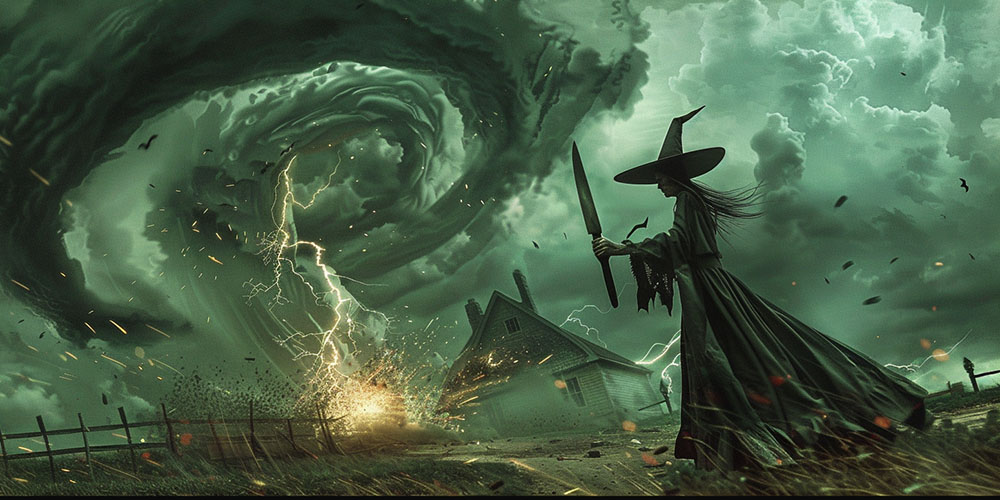
A fascinating discussion with Debra Burris on the intersection of science, magic, and lore in regards to weather.
How to Train Your Haints: Boogers and Tokens in Ozark Folklore
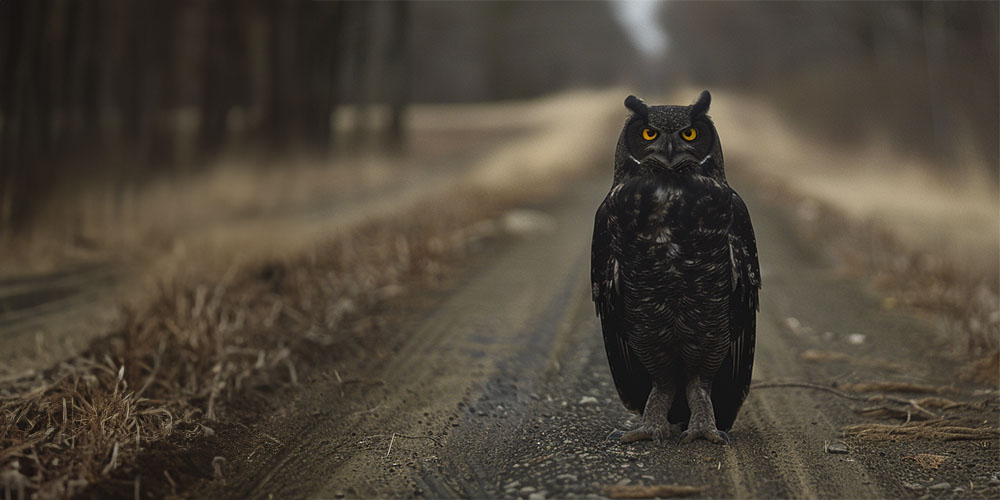
Ozark folk magic, haint lore, and cryptids in Arkansas
Rocking Chair Man Can’t See You
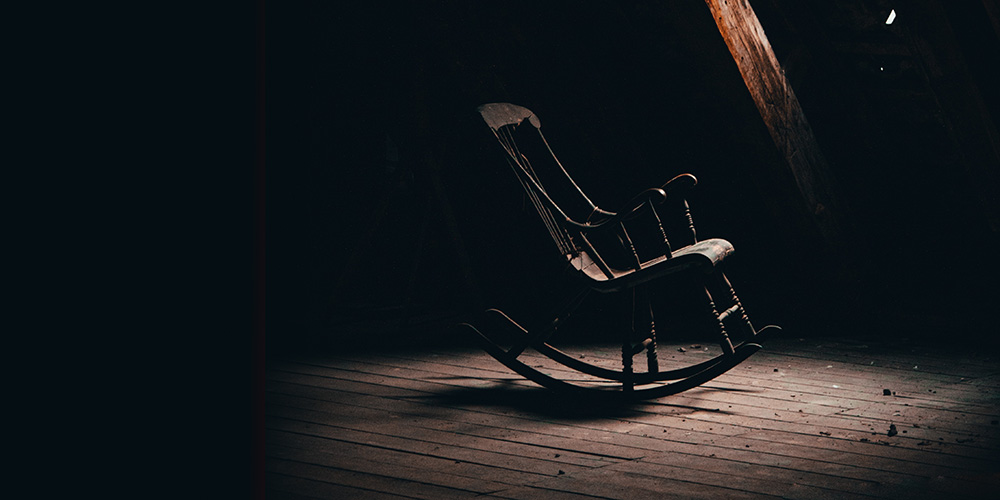
Danielle shares some spooky first-hand paranormal experiences from her childhood home in central Arkansas
Three Frisky Dead Johns On A Boat

Angela Hartshorn of My Haunted Life tells us chilling personal paranormal stories.
The Building Full of Cowboy Ghosts
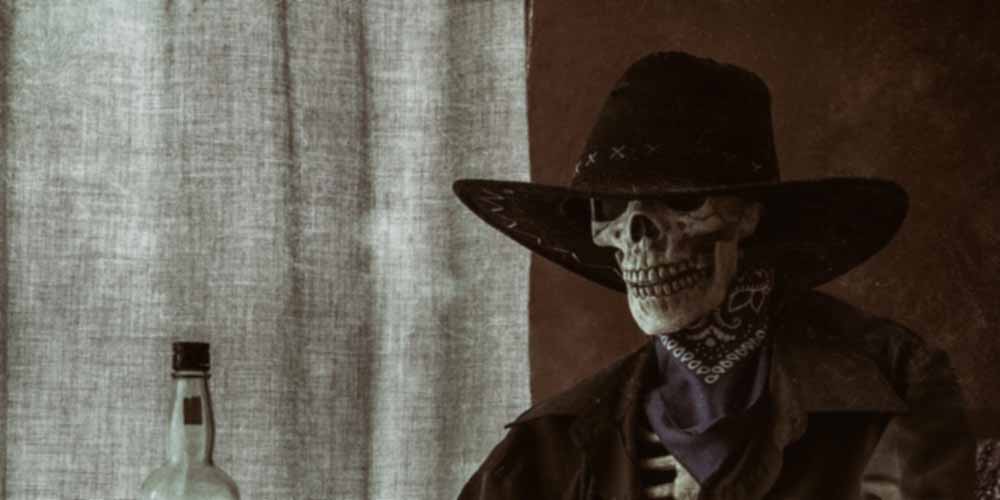
Diane, paranormal investigator of Basin Park Hotel in Eureka Springs, is too focused on work to notice the cowboy ghost right behind her.
The Crescent Hotel Ghost Tour Review, Eureka Springs, Arkansas
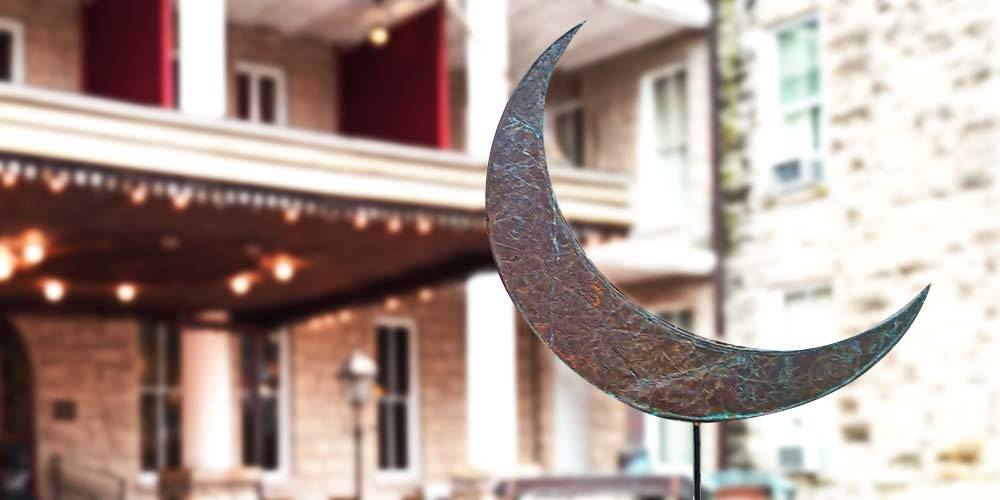
A review of the ghost tour of the Crescent Hotel. The horror stories have been passed on for almost a century. Now, finally, there’s proof.
